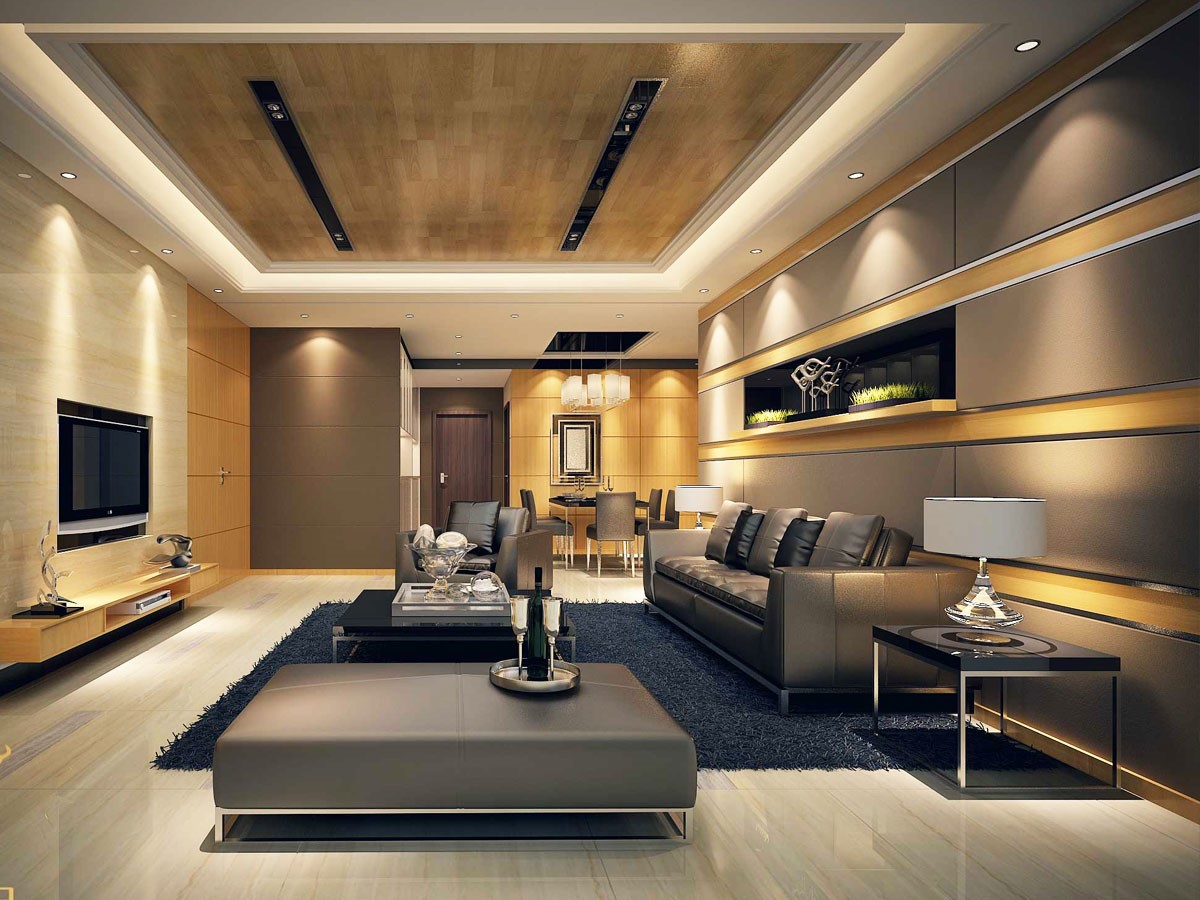Interior Design Styles: Opportunities and Challenges in Domestic and International Markets
Interior design plays a crucial role in enhancing the beauty and functionality of indoor spaces. This article explores the production process of interior design materials, various styles and their characteristics, the export potential of these products, and the opportunities and challenges in domestic and international markets.
Production Process of Interior Design Materials
The production of interior design materials involves several stages, including:
Selection of Raw Materials: Raw materials such as wood, metal, glass, fabric, and polymers are chosen based on the need and application.
Design and Modeling: Interior design plans are created and modeled using design software.
Manufacturing: Materials and components are manufactured using advanced machinery and equipment.
Finishing and Packaging: After production, products are finished and packaged, ready for market delivery.
Types of Interior Design Styles and Their Characteristics
Classic Style
– Characteristics: Use of high-quality woods, curved designs, intricate decorations, warm and natural colors.
– Applications: Homes, luxury hotels, and formal spaces.
Modern Style
Characteristics: Clean and clear lines, use of metal and glass, neutral colors, open spaces.
Applications: Offices, apartments, and commercial spaces.
Minimalist Style
– Characteristics: Reduction of elements to a minimum, use of simple and bright colors, emphasis on open and empty spaces.
– Applications: Small apartments, creative workspaces, and modern homes.
Industrial Style
– Characteristics: Use of raw metals and wood, exposed pipes, dark colors, and recycled materials.
– Applications: Cafes, restaurants, and innovative workspaces.
Exporting Interior Design Products
Given the global demand for interior design products, exporting these items is of significant importance. The advantages of exporting interior design products include:
– International Demand: Due to their diversity and aesthetics, interior design products are in high demand in global markets.
– Revenue Growth: Exporting to new markets can significantly increase the revenue of manufacturers.
Opportunities and Challenges in Domestic and International Markets
Opportunities:
– Growing Emerging Markets: Developing countries with economic growth and the need for modern spaces are promising markets for exporting interior design products.
– Custom Product Development: The ability to offer customized products tailored to the needs of international clients.
Challenges:
– Intense Competition: The market for interior design products is highly competitive both domestically and internationally, requiring innovation and effective marketing strategies.
– Adherence to International Standards: Maintaining quality and meeting international standards are essential for success in global markets.
Interior design products, as key elements in beautifying and functionalizing indoor spaces, offer numerous opportunities for manufacturers and exporters. By focusing on producing high-quality products and employing effective marketing strategies, companies can penetrate new markets and increase their revenue.

